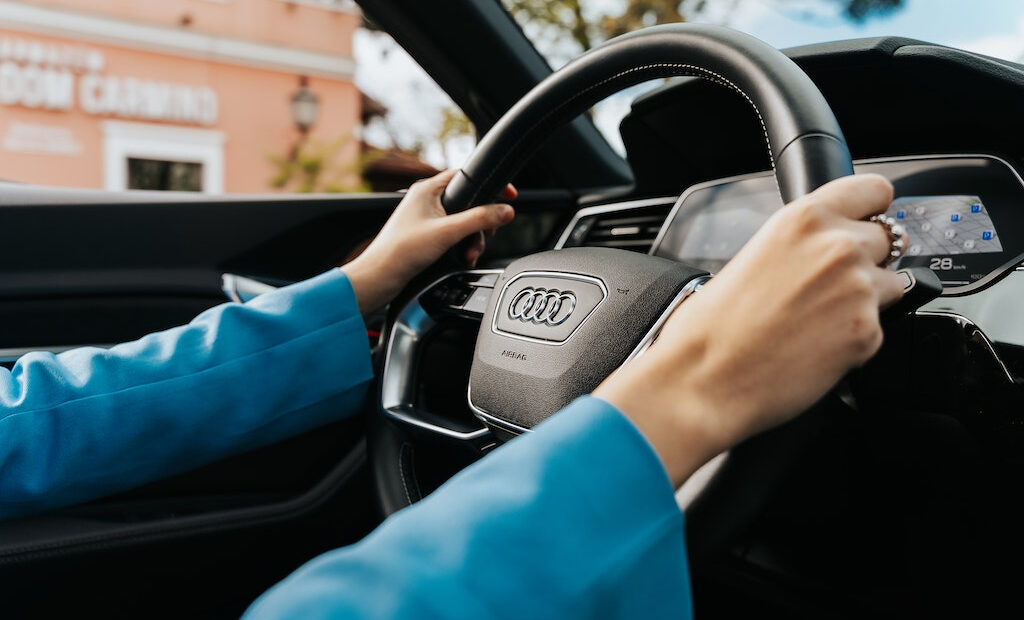Ten tips for learning how to drive

Learning how to drive allows people to travel long distances quickly and independently, opening up a world of opportunity. For many, it’s a rite of passage into adulthood. But as exciting as it is to learn to drive, it can also be nerve-racking. No one wants to make a mistake and they certainly don’t want to get into an accident. Eamonn Turley from Insurance Quotes NI advises new drivers to be prepared to pay extra for car insurance NI until they reach 25 and are able to show a history of driving without making excessive claims.
To improve the experience of learning to drive, here are some basic safety tips:
-
Know the vehicle
Before hitting the gas, a driver should know their vehicle inside and out. That means knowing how to use the gas and brake pedals (and clutch if it’s a manual transmission), all the buttons (lights, brights, hazard light and horn) and the blinkers and windshield wipers.
Knowing all the features and functions of a car beforehand will make it easier to be much more confident when on the road. Drivers don’t want to be fumbling around for buttons or levers while trying to get from A to B.
-
Always wear a seatbelt
Wearing a seatbelt is the law. Anyone who is not already in the habit of wearing one (and hopefully most are) should get into the habit now. From 1975 through 2017, seat belts have saved an estimated 374,276 lives, and those people could be anybody.
Get learner driver insurance
When learning to drive for the first time, chances are the student doesn’t own a vehicle and has to use a family member’s car to learn. To protect the car and the learner from liabilities in the event of an accident, it’s critical to get temporary learner driver insurance. That way, no matter what happens, the important things will be covered.
-
Go through a cockpit drill
Before each driving session, it’s important to go through a cockpit drill. This involves:
-
Checking that all the doors are closed
-
Adjusting the seat
-
Putting the steering wheel in the right position for the direction of driving
-
Adjusting the mirrors
New drivers will want to go through this drill before each drive so that they don’t have to adjust things as they go.
-
Practice on familiar roads
Learning to drive on a road one is unfamiliar with is hard, so sticking to roads one already knows well is a good bet. That way, there’s no stress about navigating.
-
Remember to use the handbrake
First-time drivers often forget to use the handbrake. This lever helps keep the car from rolling when parked, and it can also help start driving from a standstill when a stick shift vehicle is stopped on a hill.
-
Learn basic car maintenance
Every driver should learn basic car maintenance to keep the car in good condition. Basic car maintenance skills include knowing how to:
-
Check the tyre pressure
-
Change the oil
-
Check the engine coolant
-
Clean the windshield wiper blades
-
Check the brake fluid
-
Jumpstart the car
-
Change a flat tire
-
Change the battery
Sure, it’s always possible to pay someone to do these tasks, but it’s much better to learn how to do them solo so that if one gets stranded somewhere, it’s possible to get moving again without help.
-
Avoid distractions
In 2020, distracted driving killed 3,142 people. All first-time drivers should avoid distractions at all costs. That means putting phones, makeup, food and drinks away, and not fiddling with the stereo, GPS or anything else in the car. Keeping those eyes on the road and both hands on the steering wheel is paramount.
Also, it’s best not to bring any passengers along if they are going to be a distraction. One driving instructor or mentor in the passenger seat is enough.
-
Follow all traffic laws
This should be a given, but everyone on the road needs to follow all traffic laws. That means stay under the speed limit, use the blinkers, yield when others have the right of way, never run a stop sign or red light, and absolutely never drink and drive.
Any traffic law violation could not only incur a ticket from the police but could get someone hurt or killed, so there’s no excuse not to commit to following all traffic laws now.
-
Drive defensively
Lastly, the best policy when it comes to driving is to drive defensively. This means looking ahead for potential roadblocks, keeping an eye out for roadblocks, and keeping plenty of distance from other cars.
One should endeavour never to succumb to road rage. If another driver is trying to cut in, fine. Trying to get back at them by driving aggressively is never the answer. It will only escalate the situation.
Adding it all up
Learning how to drive isn’t always easy, but with enough practice, it’s not difficult to become a confident driver very quickly. Learners shouldn’t be afraid to ask questions when they don’t know something, and should always remember that it’s okay to make mistakes – the best of us do. The trick is to use those mistakes as learning experiences to improve in the future.
The editorial unit



















Facebook
Twitter
Instagram
YouTube
RSS